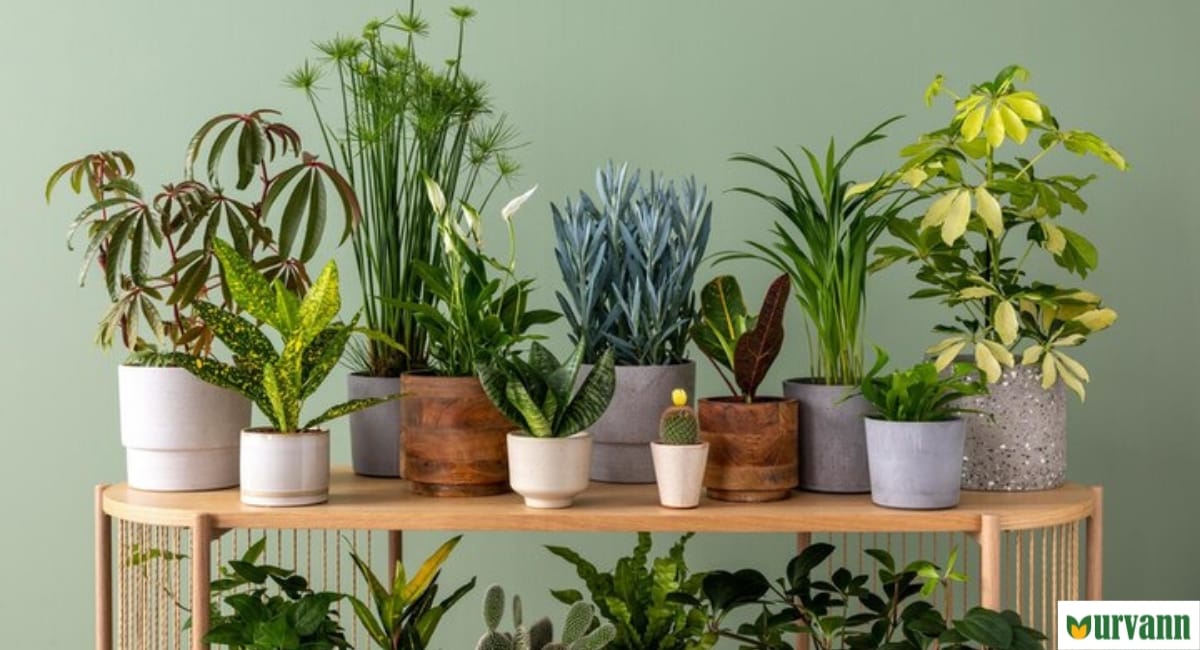In the hustle and bustle of modern life, finding ways to create a healthier and more serene living environment is essential. One simple yet powerful way to achieve this is by incorporating indoor plants into your living spaces. Beyond their aesthetic appeal, indoor plants offer a myriad of benefits that extend from improving air quality to enhancing overall well-being.
Improved Air Quality
Indoor air pollution is a significant concern, with various household items emitting harmful toxins. Indoor plants act as natural air purifiers, absorbing pollutants and releasing oxygen through the process of photosynthesis. Common indoor plants like spider plants, peace lilies, and snake plants are particularly effective in removing toxins such as formaldehyde, benzene, and ammonia from the air, creating a cleaner and healthier living environment.
Enhanced Productivity and Concentration
Studies have shown that the presence of indoor plants in workspaces and study areas can positively impact concentration and productivity. The introduction of greenery has been linked to improved cognitive function and reduced stress levels. The soothing effect of plants can help create a more focused and conducive atmosphere, making indoor spaces more conducive to work or study.

.Stress Reduction and Mental Well-being
Indoor plants have been proven to have a calming effect on individuals, promoting mental well-being and reducing stress levels. The act of caring for plants can be therapeutic, providing a sense of accomplishment and connection to nature. Plants like lavender, release fragrances that have been associated with relaxation and stress reduction, contributing to a more peaceful and tranquil living environment.
Humidity Regulation
Maintaining optimal humidity levels in indoor spaces is crucial for overall health. Indoor plants naturally release moisture through a process called transpiration, helping to regulate humidity levels. This is especially beneficial in dry climates or during the winter months when indoor heating systems can lead to excessively dry air. Proper humidity levels contribute to respiratory health and can alleviate conditions such as dry skin and irritated mucous membranes.
Improved Sleep Quality
Several indoor plants, such as lavender, are known for their calming and sleep-inducing properties. These plants release fragrances that can promote relaxation and help individuals achieve a more restful night's sleep. Placing such plants in bedrooms can contribute to a healthier sleep routine and an overall improvement in sleep quality.
Boosted Creativity
Incorporating greenery into creative spaces, such as studios or home offices, has been linked to increased creativity and problem-solving skills. The presence of plants can inspire a sense of freshness and stimulate the mind, fostering a more innovative and imaginative mindset.
Conclusion
Embracing indoor plants is a simple yet effective way to enhance the quality of your living spaces and promote a healthier, more balanced lifestyle. From purifying the air to reducing stress and enhancing creativity, the benefits of incorporating indoor plants are diverse and far-reaching. As we continue to navigate the demands of contemporary life, let the vibrant greenery of indoor plants be a source of vitality and well-being in our homes and workplaces.
If you like reading this, you might also like:


0 Comment